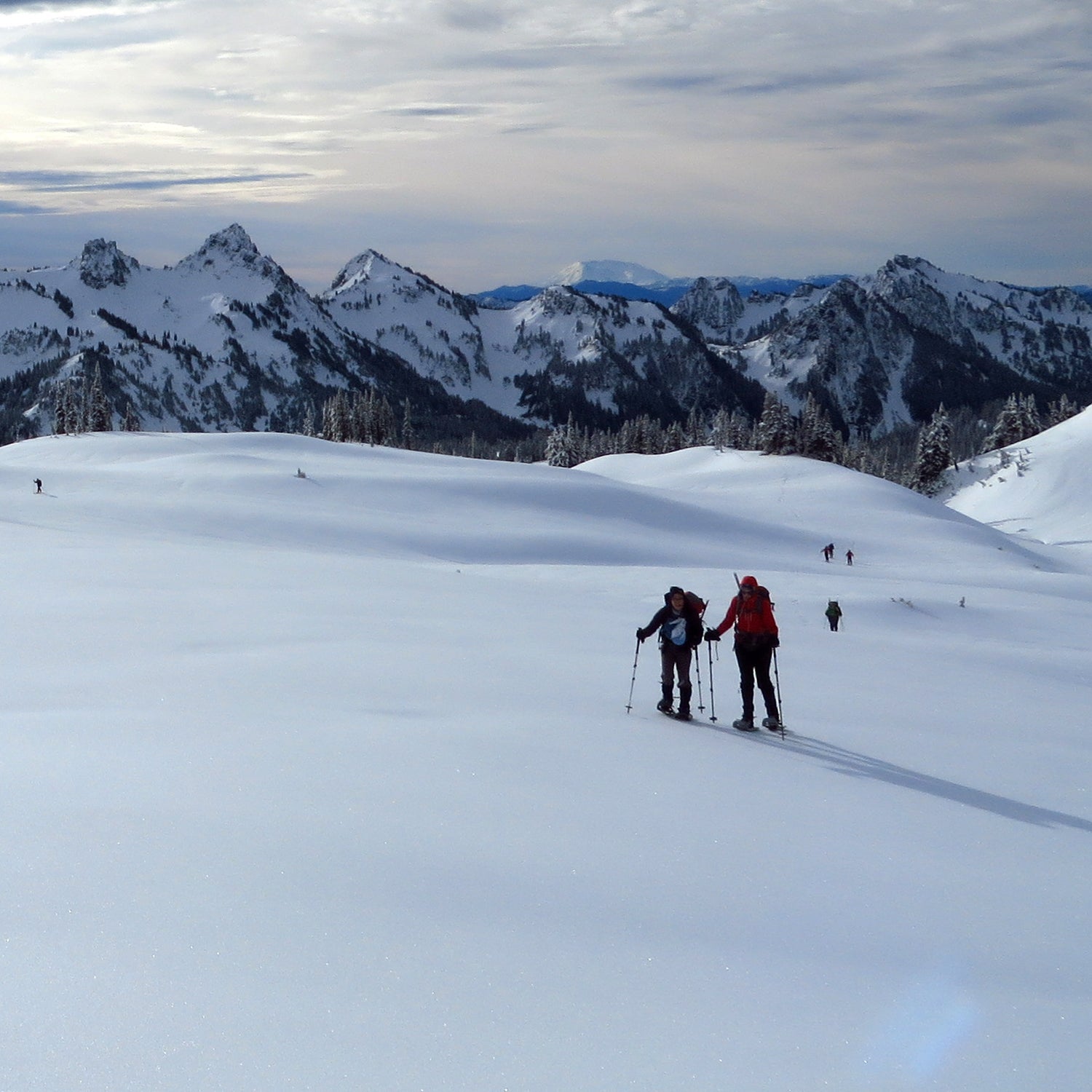What makes winter such a great time to hike? For one, mosquitoes and other bugs are nowhere to be found. The crowds are nonexistent. Cooler temperatures make Southern hikes a lot more pleasant. And few places are as magically still as a forest covered in snow.
That said, the days are shorter, so you have to be extra motivated in the morning to get on the trail, and it can get pretty damn cold. But as long as you’re properly geared up—layered correctly, have your hands and head covered, and own footwear that’ll keep your feet warm and dry as you climb over ice and kick through snow—a little winter hiking can pay off big. Especially if you log any of these hikes, which seem tailor-made for winter.
Arizona: Sedona, Bear Mountain Trail
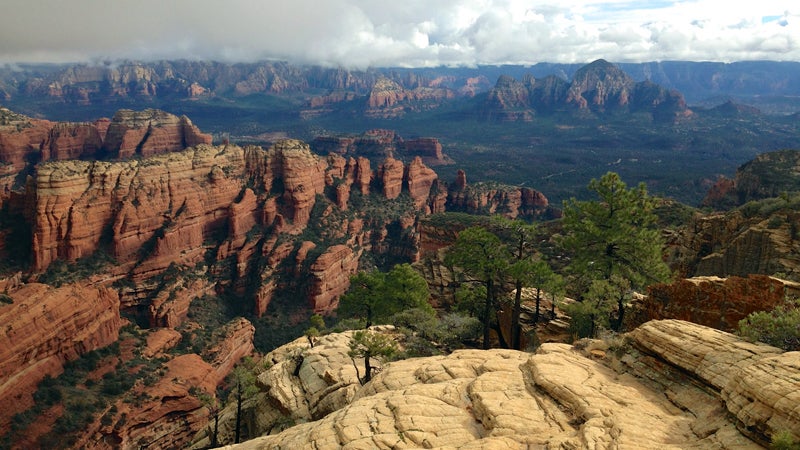
Distance: 5 miles round-trip
Recommended Gear: None
Sedona’s blistering summer temperatures and springtime crowds make winter one of the best times to hike the area’s trails. Considered one of Arizona’s hardest short hikes, the climbs 1,800 feet in 2.5 miles and ends with a view of Mount Humphrey, Arizona’s highest point, 30 miles north in Flagstaff.
Washington: Olympic National Forest, Mount Ellinor Trail
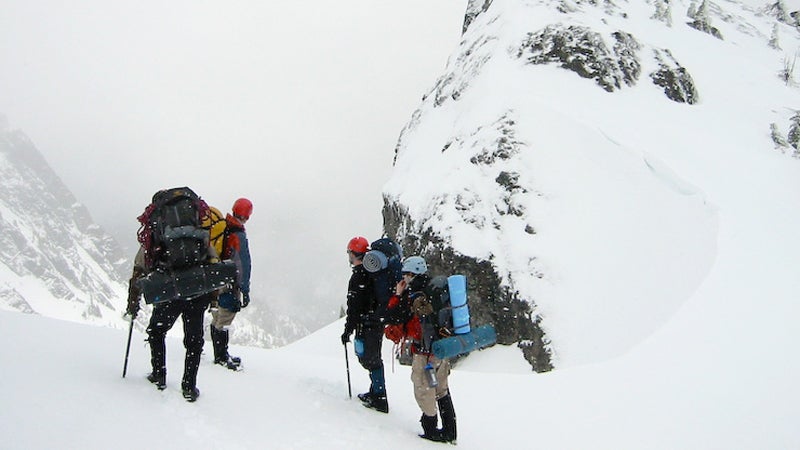
Distance: 6.2 miles round-trip
Recommended Gear: Crampons
The isn’t a walk in the park—it gains 3,300 feet in three miles. But its relatively low top elevation of 5,900 feet keeps the turbulent weather at bay, offering a reward worth basking in for winter trekkers. Enjoy views of Lake Cushman as you climb and 360-degree views from the summit.
Texas: Big Bend National Park, South Rim Loop
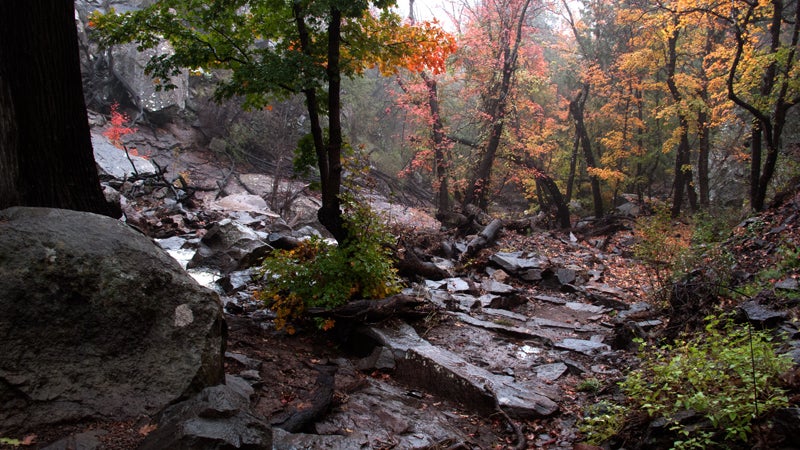
Distance: 11.6-mile loop
Recommended Gear: None
Big Bend serves as an exception to the otherwise flat Texas terrain, and no trail shows it off better than the . Explore the wooded bowls of Boot Canyon, summit the 7,832-foot Emory Peak, and enjoy vistas of Chihuahuan Desert, which straddles the U.S.-Mexico border. This hike is most comfortable in the mild, dry winter months when threats of thunderstorms and excessive heat are removed from the equation.
Florida: Big Cypress National Preserve, Florida National Scenic Trail
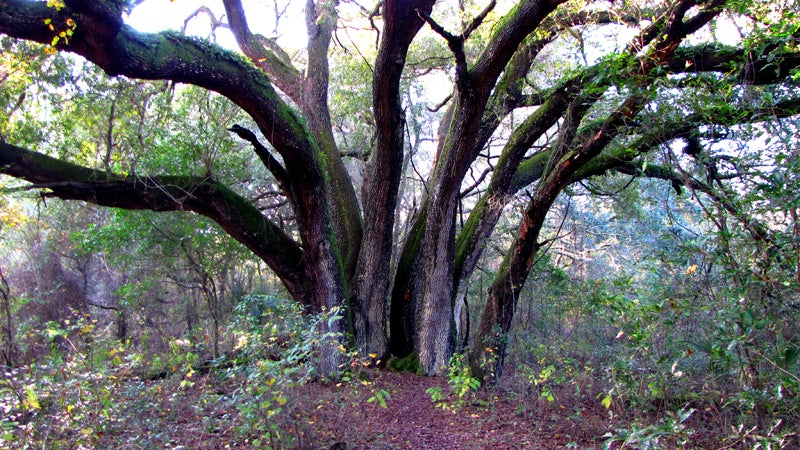
Distance: 1,300 miles
Recommended Gear: �²��ٱ��������DZ��
This sectional thru-hike begins in the Everglades at Big Cypress National Preserve and north to Gulf Islands National Seashore. Since Florida’s swampy side likes to show off in summer, tackle sections during the winter months, when the mosquitoes are more forgiving and the humidity is lower.
Utah: Bryce Canyon, Fairyland Loop
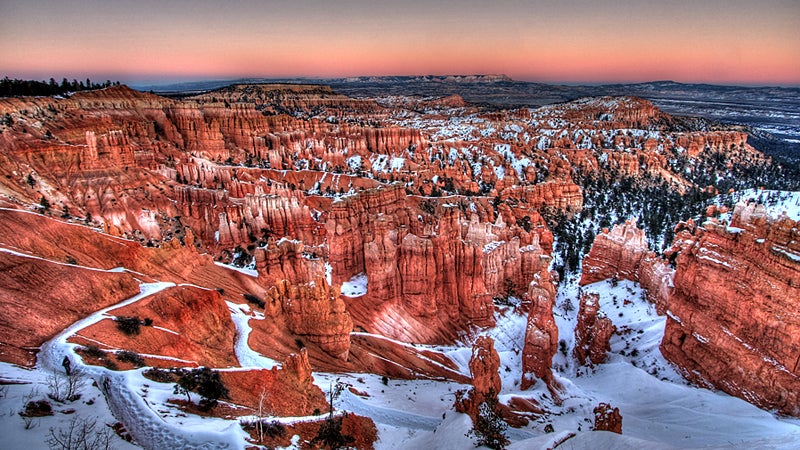
Distance: 8.6 miles round-trip
Recommended Gear: Crampons or snowshoes
Below the rim of Bryce Canyon sit , and those iconic hoodoos are made all the more magical by a fresh coat of snow that contrasts the red, orange, and purple colors of the rock. Prepare to drop, and then gain, nearly 1,000 feet in elevation as you pass through gardens of spires and sculptures.
Montana: Glacier National Park, Red Eagle Lake Trail
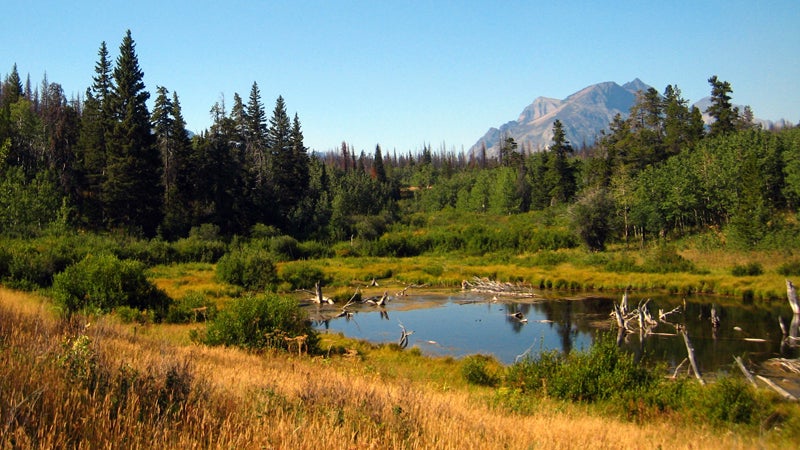
Distance: 8 miles round-trip
Recommended Gear: Cross-country skis
This is more exciting when covered on skis. Start at Saint Mary Campground and follow the Eagle and Elk Loops before shooting off toward Red Eagle Lake. Breeze past the elongated Saint Mary Lake through forests of aspens and conifers. Have lunch on the scenic bluff overlooking Red Eagle Creek.
Washington: Mount Rainier National Park, Mazama Ridge
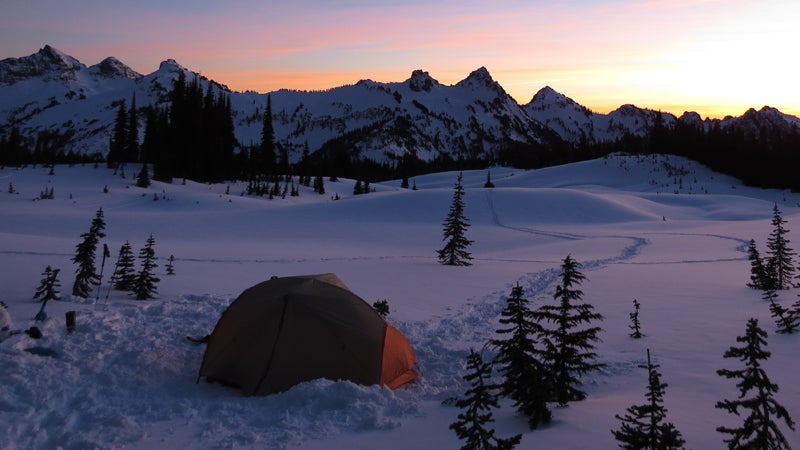
Distance: 6 miles round-trip
Recommended Gear: Snowshoes
is gorgeous any time of year, but the freedom it offers snowshoers to wander in a winter wonderland is second to none. Gaining only 900 feet in three miles, the trail follows rolling subalpine meadows that allow you to blaze your own way through deep snow. The views of Mount Rainier and the Tatoosh Range as you climb the ridge are some of the best the park has to offer. Don’t miss the chance to play among the tall wind drifts.
Alaska: Kenai Fjords National Park, Harding Icefield Trail
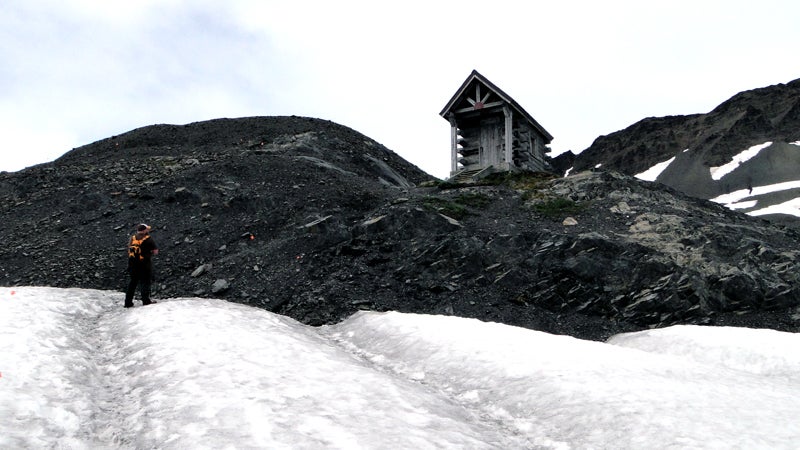
Distance: 8.2 miles round-trip
Recommended Gear: Snowshoes or crampons, trekking poles
The big payoff comes at the end of a bruising four-mile ascent that gains nearly 1,000 feet of elevation each mile: the . This is the largest field of ice solely contained within the United States, stretching on for 700 square miles in Alaska’s . Although the climb is more comfortable in the summer, winter is when the area’s large black bear population hibernates. Catch views of Exit Glacier on your way up as you pass through cottonwood forests, and prepare to be transported back to the Ice Age when you hit the summit.
Colorado: Rocky Mountain National Park, Odessa Lake
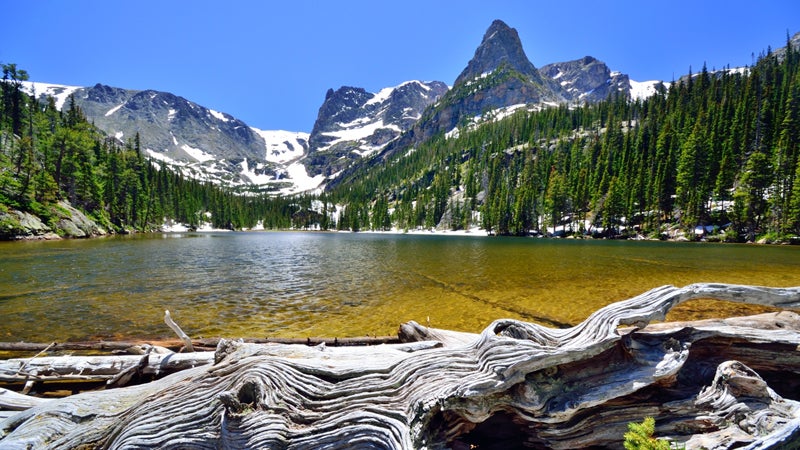
Distance: 8.9 miles round-trip
Recommended Gear: Snowshoes or cross-country skis, trekking poles
Rocky Mountain National Park averages more than 500,000 visitors a month during summer, but that number drops to just 50,000 to 70,000 in winter months, making it feel more like a personal escape than a tourist destination. Climb through snow-covered aspens to the high-alpine , catching views of Longs Peak, Grace Falls, and Glacier Gorge along the way. From the Bear Lake parking lot, follow the Flattop Mountain Trail to the Fern-Odessa Lake Trail.
Maine: Acadia National Park, Gorham Mountain Trail
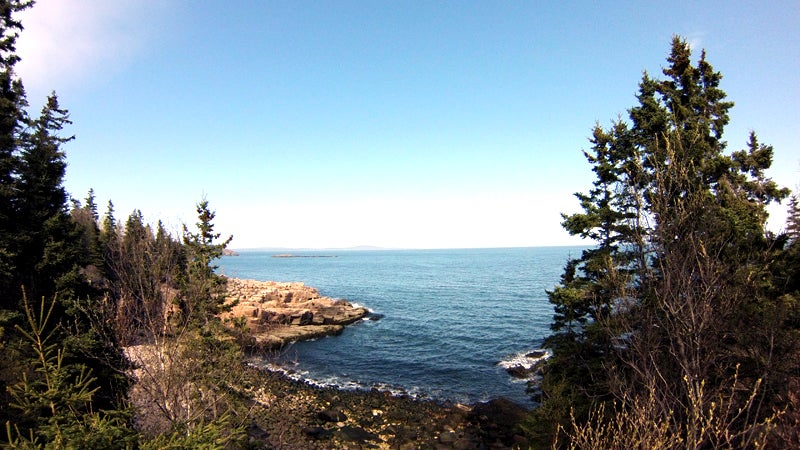
Distance: 4-mile loop
Recommended Gear: Snowshoes or cross-country skis
From 1913 to 1940, John D. Rockefeller built nearly 50 miles of carriage roads in Acadia National Park. Today, they’re open only to nonmotorized use during the snowy winter months, when snowshoers and cross-country skiers take over. The is short and sweet, but it gets the nod here for the novelty of mixing ocean views and sea air with your snowshoes. To extend the hike, plan a side jaunt down to Sands Beach to collect shells.


